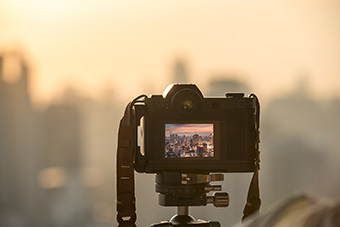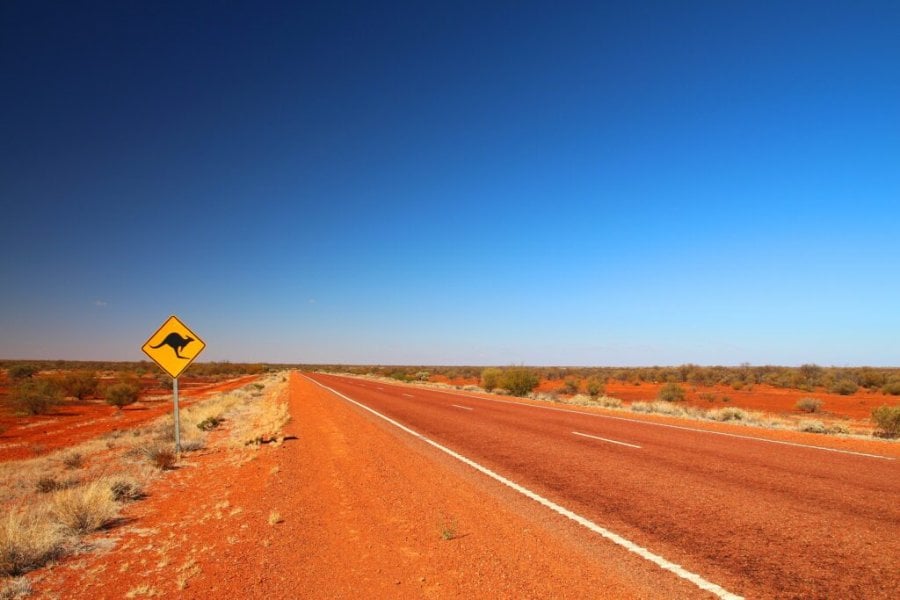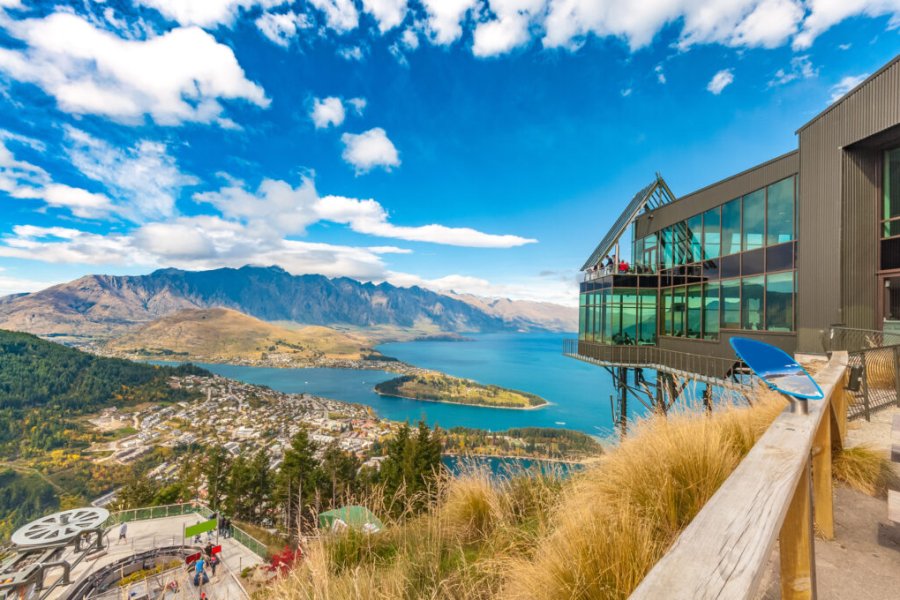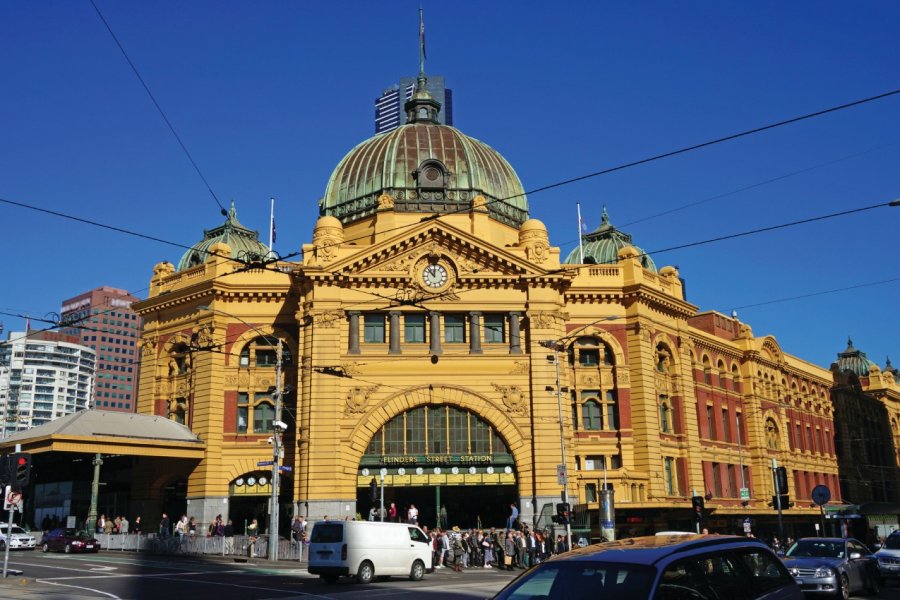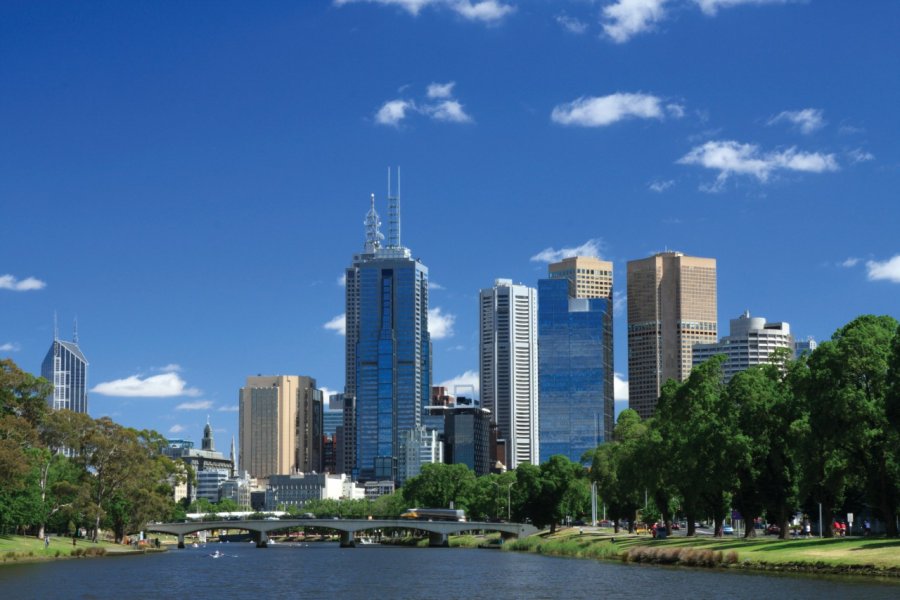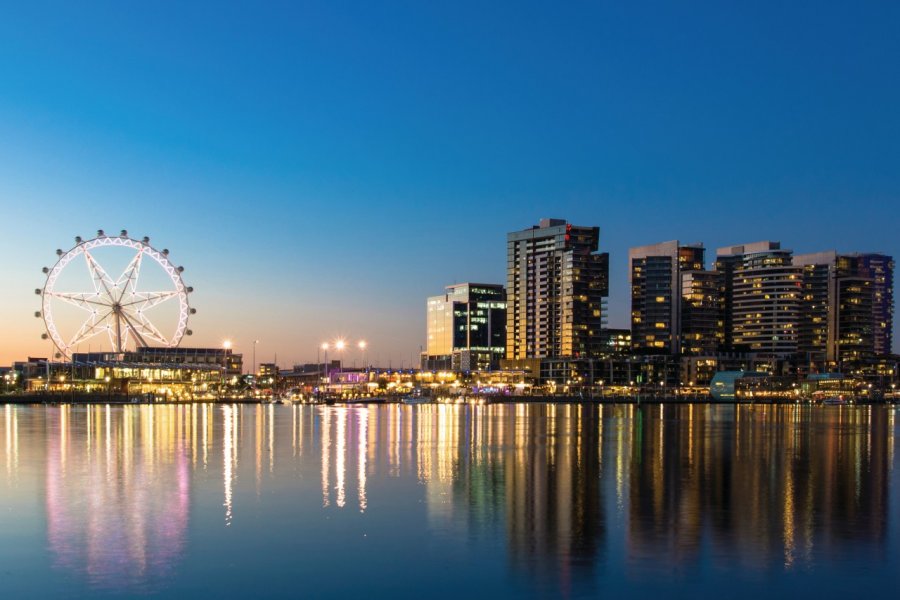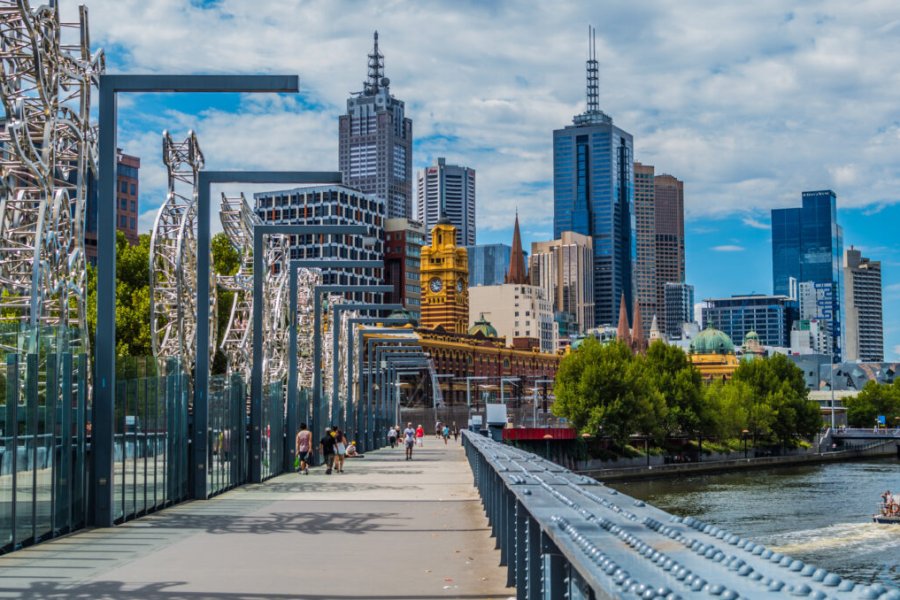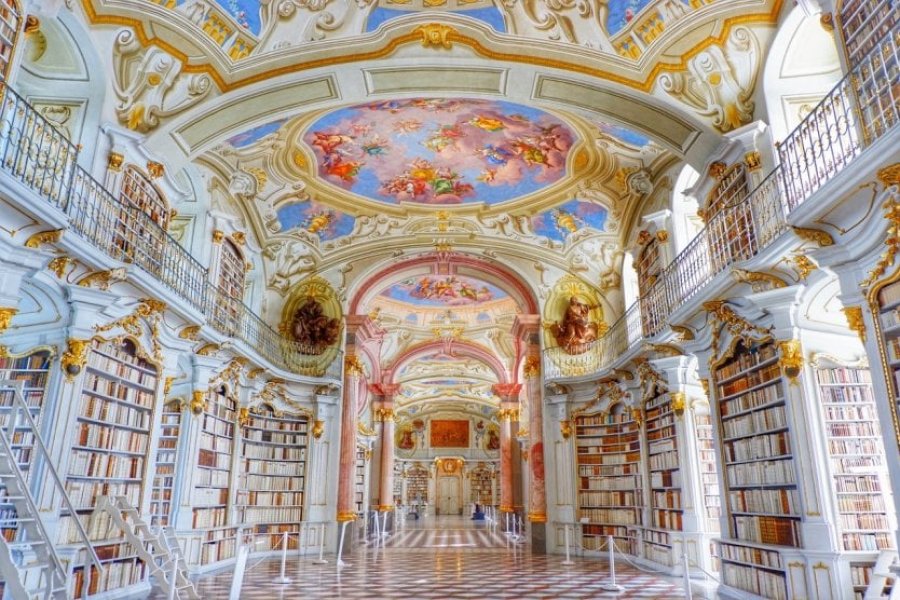Travel Guide Melbourne
Melbourne is located in the south-east ofAustralia, on Port Phillip Bay, capital of the State of Victoria. It is often compared to its rival Sydney and has a population of 4 million. A dynamic, cosmopolitan and multicultural metropolis, it is also creative and gourmet. You should use your favorite Melbourne travel guide to make sure you don't miss anything. There are museums to visit and neighborhoods to discover, great restaurants and charming parks, futuristic skyscrapers and you can ride the historic City Circel Tram, a beautiful vintage streetcar that allows you to get around the city for free. Depart from Federation Square, Melbourne's cultural and tourist center where many events are scheduled throughout the year. Among the must-sees of this rich destination are the Melbourne Aquarium and Zoo, the Botanical Gardens, the Queen Victoria Market, the Immigration Museum and the Museum. And to take advantage of Melbourne's beautiful environment, you can plan a side hike, discover Wilsons Promontory National Park or organize an expedition to Phillip Island. Near Melbourne, in the Yarra Valley, you can also visit the Healesville Sanctuary, spread over 30 hectares of bush. You'll board an electric train, alongside experienced rangers who will introduce you to some of the country's oldest and tallest eucalyptus trees: the Manna Gums. The reserve is home to orphaned wildlife. You can see kangaroos, koalas, wombats, emus, dingoes and even platypuses in their natural habitat.
What to visit Melbourne?
Suggested addresses Melbourne
When to go to Melbourne?
When to go to Melbourne? You can travel to Australia and Melbourne all year round, but May to September are the coldest and least sunny months. In Melbourne, the peak season for foreign tourists is December-January, as it is for Tasmania and the Perth region. However, there is a wide range of tourist attractions, so it is rare not to find what you are looking for. In Melbourne, you can plan your stay taking into account the events that interest you, such as the Tennis Open in January/February, the Food and Wine Festival in March and the Comedy Festival in March/April. As for the honeymooners, it's up to them to give their dates!
Weather at the moment
Melbourne has an oceanic climate where the heat is pleasant all year round, barely cool in summer, and where rains fall frequently. The weather changes several times a day. Be proactive! In the south, the seasons are reversed compared to France. Winter being in July-August and summer in November-December. The average water temperature ranges from 19°C in January to 15°C in July.
The Australian currency is the Australian dollar (AU$ or AUD). The overall cost of living in Australia is higher than in Europe. Even if car rentals remain attractive and there are many forms of cheap accommodation. To save on transport, you can buy a bus pass, monitor flight offers or bring back empty rental vehicles. In Melbourne, the free tram saves money.
To enter Australia and stay in Melbourne, you will need a valid passport for at least 6 months after your departure date and either an e-Visitor visa (free for 3 months) or ETA (Electronic Travel Authority) or a specific visa. Australia offers one-year Working Holiday visas for young people up to 35 years of age.
For a classic stay, Australia does not present any major health risks, especially if you are staying in a large modern southern city like Melbourne. However, make sure that your compulsory vaccinations in France are up to date before you leave. Depending on the duration and modalities of the stay, vaccination against hepatitis B and Japanese encephalitis may be recommended. Note: your worst enemies will be the sun and sandflies. Solar radiation in Australia is particularly strong, as it is close to the equator and the hole in the ozone layer. It is imperative to use a sunscreen with a very high index. Sandflies (or biting midges) are tiny insects whose bites are very irritating and are found near beaches and estuaries in tropical or subtropical areas (QLD, NT, WA). A repellent will be enough to keep them away.
Practical information
- When to travel?
- Weather forecast
- Budget
- Formalities
- Health
- How to travel by yourself?
- How to get organized?
- Getting around
Media
How to go to Melbourne? Our advice & tips
Australia is a very popular destination. Many travellers offer tailor-made or turnkey tours. One coast per trip is generally preferred, most often the east coast, from Sydney to the Great Barrier Reef. The northern national parks, the desert centre, the west coast from Perth to Broome or the south from Melbourne to Adelaide via the Great Ocean Road are often the subject of a second trip.
Discover our selection of travel agencies for this destinationIt is very easy to travel alone in Australia. Several hundred thousand young people visit the country alone every year thanks to the Working Holiday visa. There is a great deal of public transport and modern infrastructure. However, if you are going on an adventure in remote areas or hiking in national parks, please always give your itinerary to someone else.
Only one major road goes all the way around the continent, the Highway n° 1. The distances between each city are however consequent. An international permit is necessary, in addition to your national permit. We drive on the left. It is easier and faster, of course, to travel by plane. Many companies compete for the market, offering reasonable prices. However, buses remain the most common and economical means of transportation.

















